Recombinant Human CD177 Protein, MYC/DDK-tagged
| Cat.No. : | CD177-3041H |
| Product Overview : | Recombinant Human CD177 protein, fused to MYC/DDK-tagged at C-terminus, was expressed in HEK293. |
- Specification
- Gene Information
- Related Products
- Case Study
- Application
- Download
| Species : | Human |
| Source : | HEK293 |
| Tag : | DDK&Myc |
| Description : | This gene encodes a glycosyl-phosphatidylinositol (GPI)-linked cell surface glycoprotein that plays a role in neutrophil activation. The protein can bind platelet endothelial cell adhesion molecule-1 and function in neutrophil transmigration. Mutations in this gene are associated with myeloproliferative diseases. Over-expression of this gene has been found in patients with polycythemia rubra vera. Autoantibodies against the protein may result in pulmonary transfusion reactions, and it may be involved in Wegener's granulomatosis. A related pseudogene, which is adjacent to this gene on chromosome 19, has been identified. |
| Form : | 25 mM Tris.HCl, pH 7.3, 100 mM glycine, 10% glycerol. |
| Molecular Mass : | 46.2 kDa |
| Purity : | > 80% as determined by SDS-PAGE and Coomassie blue staining |
| Concentration : | >50 ug/mL as determined by microplate BCA method |
| Gene Name | CD177 CD177 molecule [ Homo sapiens ] |
| Official Symbol | CD177 |
| Synonyms | HNA-2a; HNA2A; NB1; NB1 GP; PRV-1; PRV1 |
| Gene ID | 57126 |
| mRNA Refseq | NM_020406 |
| Protein Refseq | NP_065139 |
| MIM | 162860 |
| UniProt ID | Q8N6Q3 |
| ◆ Recombinant Proteins | ||
| CD177-4896H | Recombinant Human CD177 Protein, Myc/DDK-tagged, C13 and N15-labeled | +Inquiry |
| CD177-7807H | Recombinant Human CD177 protein, His-tagged | +Inquiry |
| CD177-962HFL | Recombinant Full Length Human CD177 Protein, C-Flag-tagged | +Inquiry |
| CD177-5035H | Recombinant Human CD177 Protein (Met1-Gly407), C-His tagged | +Inquiry |
| CD177-248H | Recombinant Human CD177, Fc-tagged | +Inquiry |
| ◆ Cell & Tissue Lysates | ||
| CD177-778HCL | Recombinant Human CD177 cell lysate | +Inquiry |
Case 1: Kluz PN, et al. Oncogene. 2020
In this quest to discover new immune molecules that play a role in cancer development, researchers identified CD177, a recognized marker on neutrophils, and noticed its positive link to improved outcomes such as relapse-free, metastasis-free, and overall survival rates in breast cancer patients. Interestingly, this correlation with better prognosis was also observed in other solid tumors like those of the prostate, cervix, and lung.
Concentrating research on breast cancer, researchers discovered that CD177 is present in normal breast epithelial cells but its levels are notably diminished in invasive breast cancers. The absence of CD177 is associated with an increase in abnormal cell proliferation within the mammary epithelium, which in turn, promotes the development of breast cancer. The mechanistic studies revealed that this loss of CD177 is connected to heightened β-catenin signaling, suggesting a role for CD177 in modulating this critical cellular pathway.
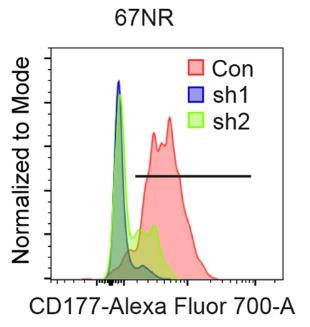
Fig1. 67NR cells were selected for stable expression of CD177 shRNA following lentivirus transduction from two independent shRNAs.
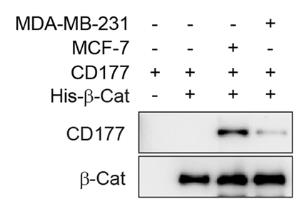
Fig2. Ni-NTA agarose was used to pull down His-β-catenin complex, following with SDS-PAGE and Western Blotting.
Case 2: Kim MC, et al. Nat Commun. 2021
Regulatory T cells, known for their immunosuppressive properties in cancer, represent a significant target for developing immunotherapeutic strategies. However, the specific targeting of tumor-infiltrating Treg cells has proven to be a complex task. In this study, leveraging single-cell RNA sequencing of immune cells derived from patients with renal clear cell carcinoma (ccRCC), researchers uncovered two unique transcriptional trajectories for these tumor-infiltrating Treg cells, termed Fate-1 and Fate-2. Notably, the Fate-1 profile correlates with an unfavorable prognosis not only in ccRCC but also across various other solid tumors.
CD177, typically a cell surface protein found on neutrophils, was found to be selectively expressed on the Fate-1 subset of Treg cells in multiple solid cancers, contrasting with other tumor-infiltrating or peripheral Treg cells. Inhibiting CD177 activity diminishes the suppressive capabilities of Treg cells in vitro. Furthermore, the targeted removal of the CD177 gene in Treg cells resulted in a reduction of tumor growth and a decrease in the frequency of tumor-infiltrating Treg cells in mouse models. These findings suggest that CD177 could be a potential therapeutic target for modulating the function of Treg cells in cancer.
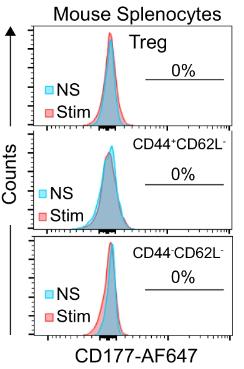
Fig1. CD177 protein expression on different effector/memory T cell subpopulations defined by CD44 and CD62L from mouse spleens.
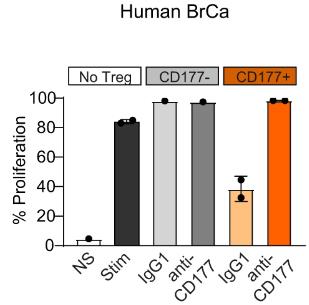
Fig2. Impact of CD177 blockade on the immune suppressive function of CD177+ TI Treg cells.
CD177 is a transmembrane protein that is mainly expressed on the surface of neutrophils and some malignant tumor cells. The structure of CD177 protein consists of an extracellular region, a transmembrane region and an intracellular region. The extracellular region contains multiple immunoglobulin-like domains that bind to a variety of ligands, such as platelet-activating factor (PAF) and interleukin-8 (IL-8). The intracellular region of CD177 protein can interact with various signaling molecules in the cell and participate in cell signal transduction and regulation.
In the drug development process, recombinant human CD177 protein can be used as a target for drug screening to help research and develop drugs to treat related diseases. In the drug development process, recombinant human CD177 protein can be used as a target for drug screening to help research and develop drugs to treat related diseases. Because of the potential diagnostic value of CD177 in certain diseases, recombinant human CD177 proteins can be used to develop diagnostic kits, especially in hematological and oncology studies. As a polypeptide, recombinant human CD177 protein can be used in various biological experiments, including cell culture, signal transduction studies, immunology studies, etc. It can be used to study neutrophil activation, cell adhesion, cell migration and other processes.
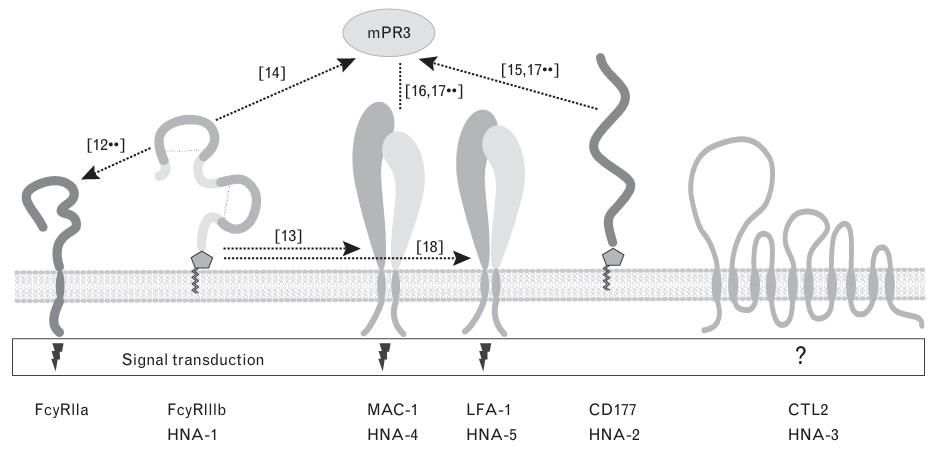
Fig1. Possible signal-transduction pathways by which glycosylphosphatidylinositol-anchored FcgRIIIb (HNA-1) and CD177 (HNA-2) induce neutrophil activation. (Stefan Muschter, 2011)
Not For Human Consumption!
Inquiry
- Reviews
- Q&As
Ask a Question for All CD177 Products
Required fields are marked with *
My Review for All CD177 Products
Required fields are marked with *
Inquiry Basket


